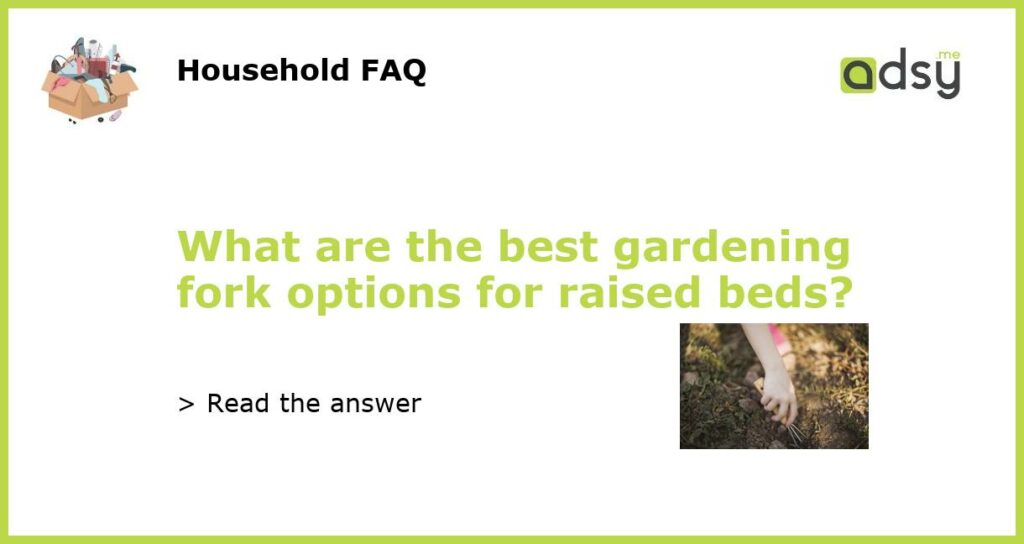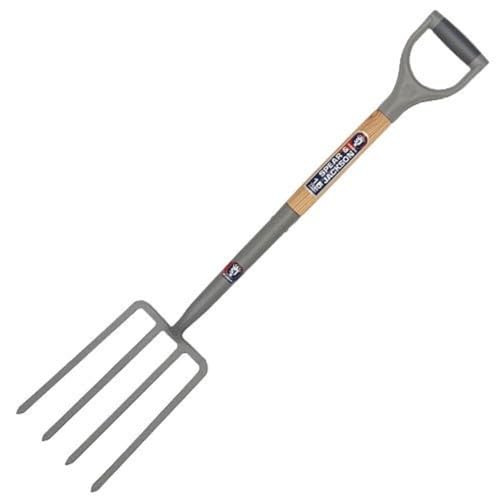The Benefits of Using a Gardening Fork for Raised Beds
Raised beds have gained popularity in recent years as more people are turning to gardening to grow their own food. One of the essential tools for maintaining a raised bed garden is a gardening fork. This tool is designed to break up soil, remove weeds, and aerate the soil. However, not all gardening forks are created equal, and it’s important to choose the right one for your raised bed garden. In this article, we’ll explore the benefits of using a gardening fork for raised beds and the best gardening fork options available.
The Different Types of Gardening Forks Available
Before choosing a gardening fork for your raised bed garden, it’s important to understand the different types available. The most common types of gardening forks are digging forks, spading forks, and pitchforks. Digging forks have thick tines that are great for breaking up soil and removing weeds, while spading forks have thinner tines that are ideal for turning soil and mixing in compost. Pitchforks have curved tines that are great for moving large quantities of leaves, straw, or grass clippings.
The Best Gardening Forks for Raised Beds
When it comes to choosing the best gardening fork for your raised bed garden, there are several factors to consider. These include the size of your raised bed, the type of soil you’ll be working with, and your budget. Some of the best gardening fork options for raised beds include the Radius Garden 205 PRO Ergonomic Stainless Steel Digging Fork, the Fiskars Ergo D-handle Steel Garden Fork, and the Spear & Jackson 4552BF Traditional Stainless Steel Border Fork. These gardening forks are designed to be durable, comfortable to use, and effective at maintaining raised bed gardens.
Tips for Using a Gardening Fork in Your Raised Bed Garden
Once you’ve chosen the right gardening fork for your raised bed garden, it’s important to use it correctly to maximize its benefits. Start by loosening the soil in the raised bed by inserting the tines of the fork into the soil and pulling back. Be sure to turn the soil with the fork, not just chop at it, to avoid damaging the roots of your plants. Use the fork to remove weeds and dig in compost to keep your soil healthy and well-nourished.
A gardening fork is a must-have tool for any raised bed garden enthusiast. Choosing the right gardening fork can make a big difference in the health and productivity of your garden. By considering the size of your raised bed, the type of soil you’ll be working with, and your budget, you can find the best gardening fork for your needs. Use your gardening fork correctly to maintain a healthy and thriving raised bed garden.






